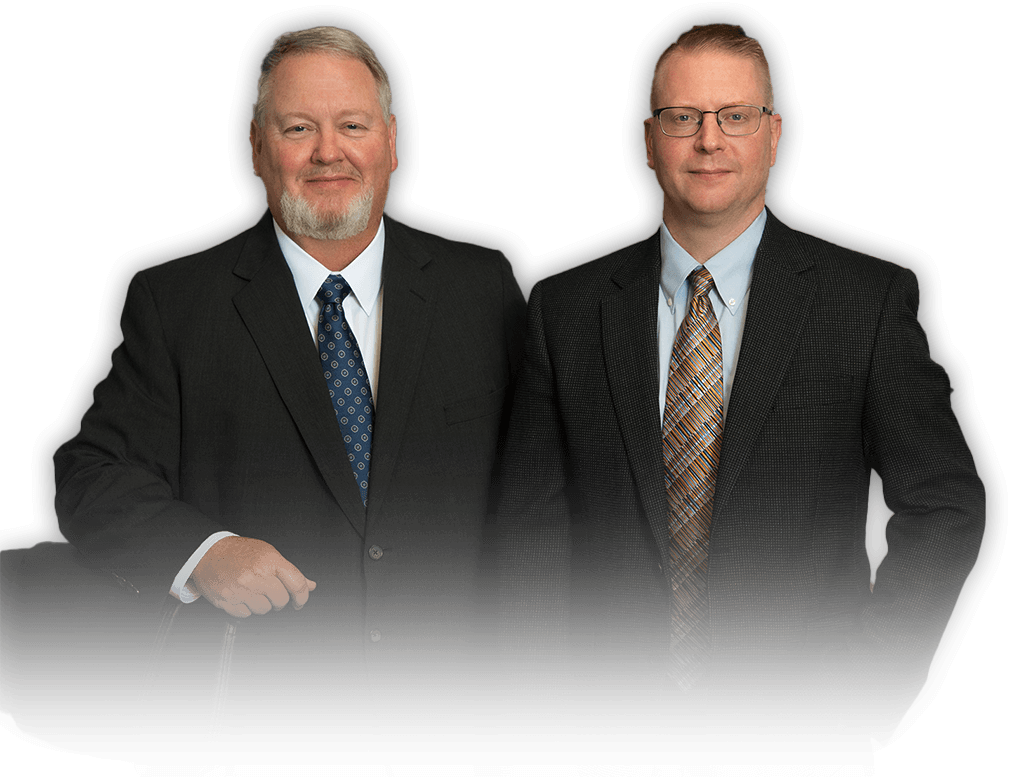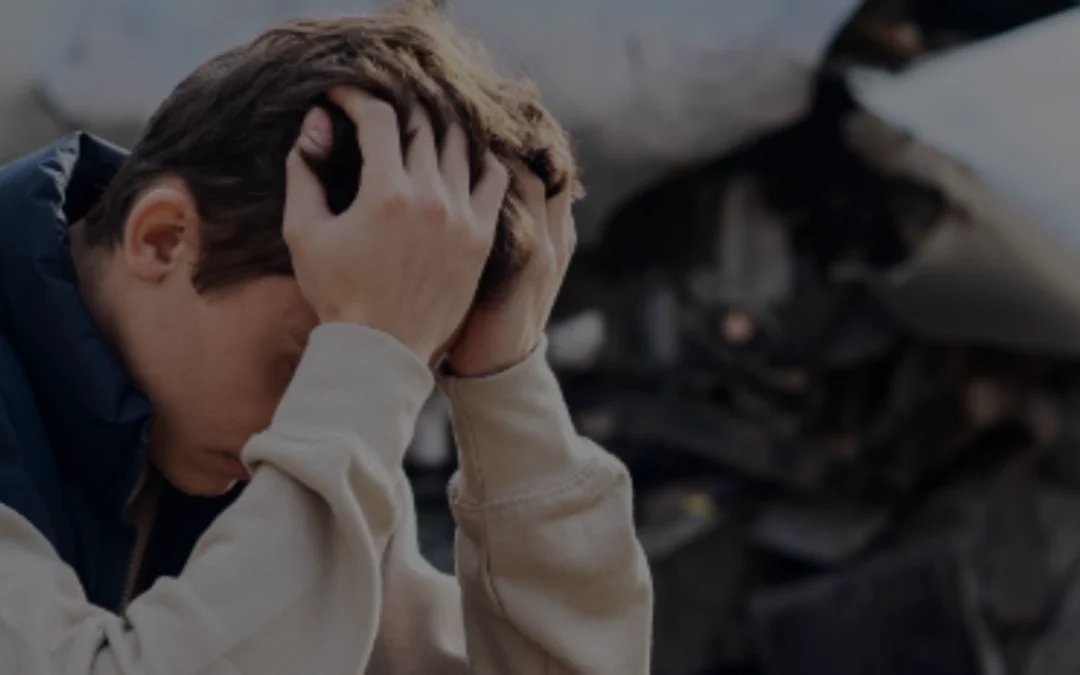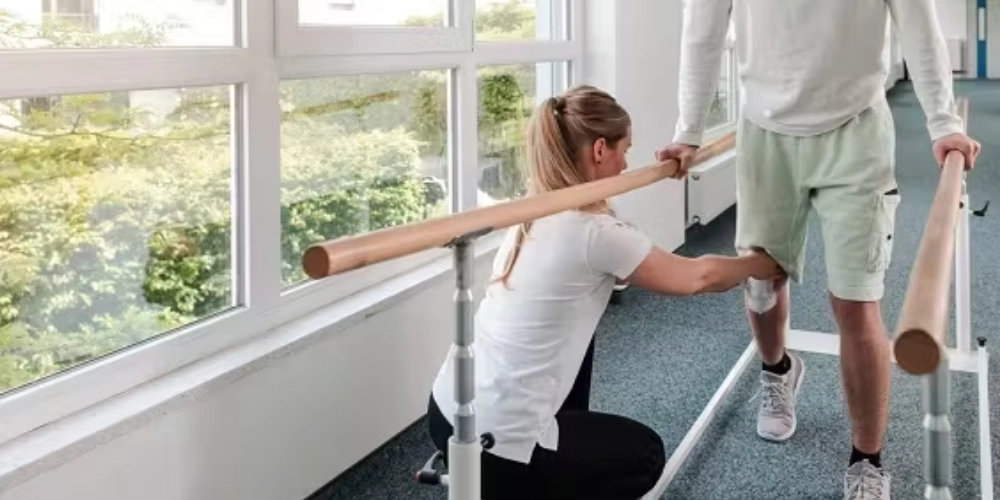Understanding Paraplegia After a Sioux Falls Accident
A spinal cord injury causing paraplegia is one of the most life-changing injuries a person can experience. Whether it occurs in a car crash on I-29, an 18-wheeler collision on I-90, a motorcycle accident on a rural South Dakota road, or a fall caused by someone else’s negligence, the consequences are immediate, permanent, and overwhelming.
At Northern Plains Justice, we fight for victims of catastrophic injuries including paraplegia, quadriplegia, and severe spinal cord damage throughout Sioux Falls and the surrounding region. This FAQ explains what paraplegia is, how these injuries happen, your long-term medical and financial needs, and your rights under South Dakota law.
What Is Paraplegia?
Paraplegia is paralysis affecting the lower half of the body, typically caused by:
Damage to the thoracic (T1–T12) spinal nerves
Damage to the lumbar (L1–L5) spinal nerves
Complete or incomplete spinal cord injuries
Symptoms include:
-
Loss of movement in the legs
-
Loss of sensation below the injury point
-
Bladder and bowel dysfunction
-
Sexual function impairment
-
Chronic pain
-
Muscle spasticity
These injuries are classified as catastrophic, meaning they permanently affect daily living, mobility, and employment.
How Do Spinal Cord Injuries Happen in Sioux Falls?
Paraplegia most commonly results from:
1. Car accidents
Rear-end collisions, head-on crashes, and high-speed impacts can fracture vertebrae or crush the spinal cord.
See:
Sioux Falls Car Accident Lawyer
2. 18-wheeler and commercial truck accidents
Semi-truck collisions often cause rollovers or severe crushing injuries.
Internal link above.
3. Motorcycle accidents
Motorcyclists have little protection, especially on rural roads and highways.
4. Falls on dangerous property
Slip-and-fall or fall-from-height accidents may cause spinal damage.
5. Work injuries
Construction, agricultural, and industrial accidents can involve falls, equipment failures, or being struck by heavy objects.
6. Recreational accidents
Sports, diving, and ATV accidents also cause spinal trauma.
Northern Plains Justice handles all types of catastrophic injury cases.
Why Spinal Cord Injury Cases Are More Complex
Paraplegia claims require deeper legal and medical analysis because victims face:
- Permanent disability
- Lifelong medical treatment
- Loss of income or inability to return to work
- Need for home modifications
- Assistive devices (wheelchairs, lifts, mobility equipment)
- Full-time or part-time care
- Emotional and psychological trauma
- Reduced quality of life
These cases often involve millions of dollars in long-term damages.
Lifetime Costs Associated With Paraplegia
According to national medical research, the first year of paraplegia care can exceed $500,000, and lifetime expenses can reach several million.
Cost categories include:
Medical Care
- Emergency hospitalization
- Spinal surgery
- Rehabilitation
- Infection management
- Pain management
Long-Term Needs
- Wheelchair(s)
- Vehicle modifications
- Home medical equipment
- Home health aides
- Mental-health therapy
Home Modifications
- Bathroom accessibility
- Ramps and lifts
- Kitchen adjustments
- Widened doorways
When calculating a claim, Northern Plains Justice consults:
- Medical experts
- Life-care planners
- Spine specialists
- Economists
- Rehabilitation therapists
to ensure nothing is overlooked.
Who Can Be Held Liable for a Paraplegic Injury?
Liability depends on how the injury occurred. Possible responsible parties include:
- Negligent drivers
- Trucking companies
- Property owners
- Employers (through third-party claims)
- Manufacturers of defective equipment
- Motorcycle or ATV manufacturers
- Construction companies
South Dakota’s comparative negligence law allows recovery if you are 50% or less at fault.
How Northern Plains Justice Builds Spinal Injury Claims
We take a comprehensive approach that insurance companies cannot ignore:
1. Full investigation of the accident
- Crash reconstruction
- Trucking logs and black box data
- Surveillance
- Roadway conditions
- Witness statements
2. Thorough medical documentation
- MRI/CT imaging
- Neurosurgical evaluations
- Mobility and function assessments
- Life-care planning
3. Proving long-term damages
- Lost wages
- Loss of earning capacity
- Home/vehicle modifications
- Lifelong care costs
- Pain and suffering
- Loss of enjoyment of life
4. Aggressive negotiation or trial preparation
Insurance companies protect their bottom line — not your future.
We fight to secure full compensation for a lifetime of needs.
What To Do Immediately After a Spinal Cord Injury Accident
Your steps depend on the accident, but generally:
1. Get emergency medical care
Spinal injuries worsen without immediate stabilization.
2. Document your symptoms
Paralysis may not be complete at first — every detail matters.
3. Preserve accident evidence
-
Photos
-
Police reports
-
Witness information
4. Avoid speaking to insurance adjusters
They want to minimize your lifelong claim.
5. Contact Northern Plains Justice early
We begin preserving evidence immediately.
Call Northern Plains Justice Today
If you or a loved one suffered a spinal cord injury or paraplegia in Sioux Falls, your future depends on strong legal representation.
Northern Plains Justice is here to fight for your long-term care, your stability, and your financial future.
Request a free consultation today. (605) 306-4100






